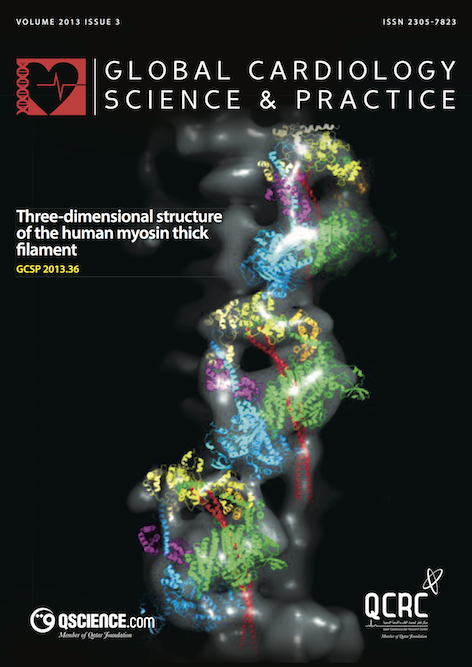Harnessing the power of dividing cardiomyocytes
Abstract
Lower vertebrates, such as newt and zebrafish, retain a robust cardiac regenerative capacity following injury. Recently, our group demonstrated that neonatal mammalian hearts have a remarkable regenerative potential in the first few days after birth. Although adult mammals lack this regenerative potential, it is now clear that there is measurable cardiomyocyte turnover that occurs in the adult mammalian heart. In both neonatal and adult mammals, proliferation of pre-existing cardiomyocytes appears to be the underlying mechanism of myocyte turnover. This review will highlight the advances and landmark studies that opened new frontiers in cardiac regeneration.
Downloads
Published
Issue
Section
License
This is an open access article distributed under the terms of the Creative Commons Attribution license CC BY 4.0, which permits unrestricted use, distribution and reproduction in any medium, provided the original work is properly cited.


